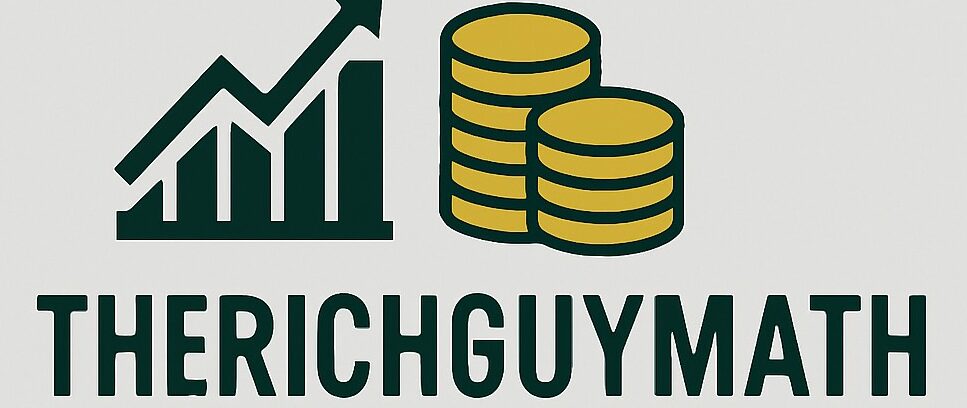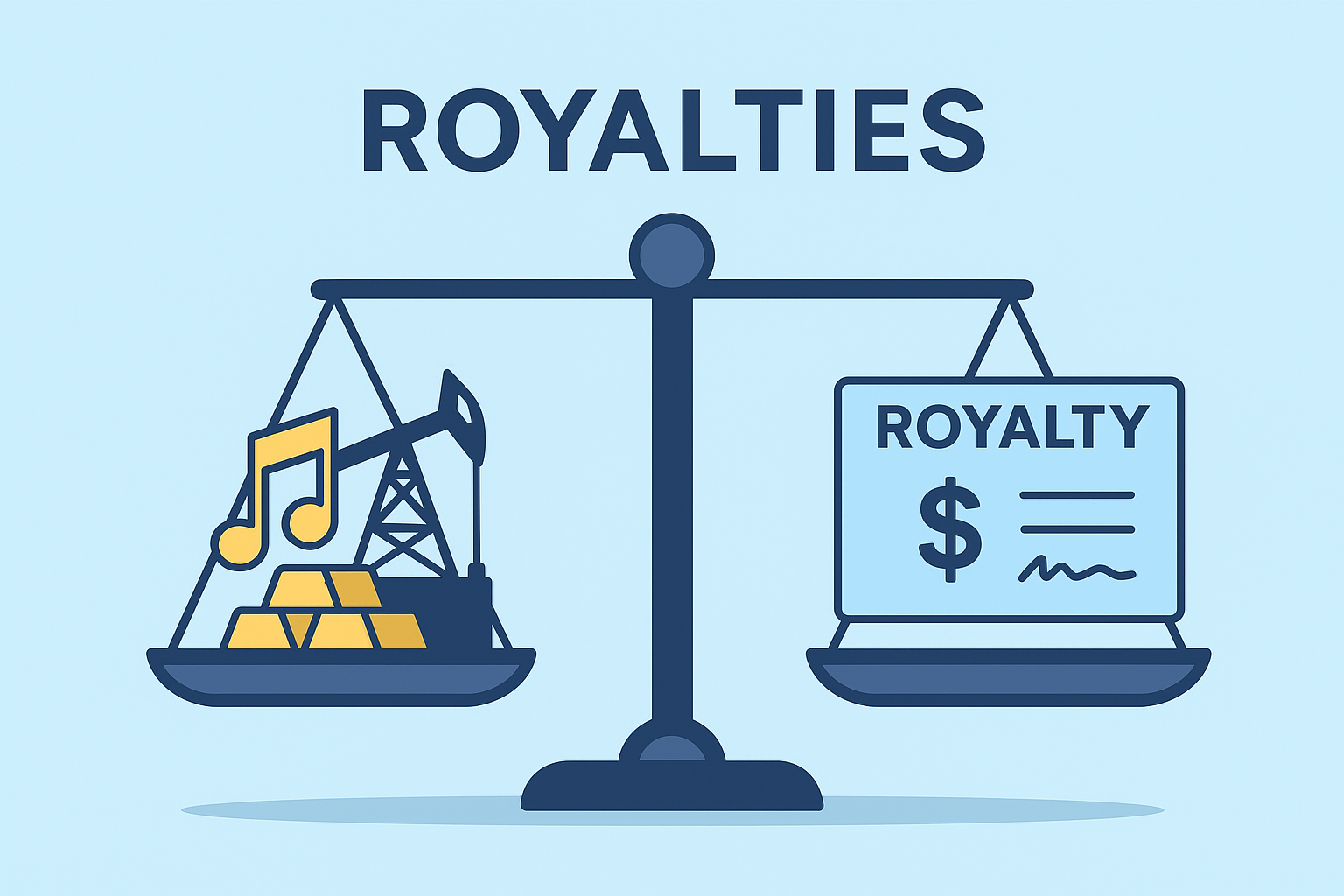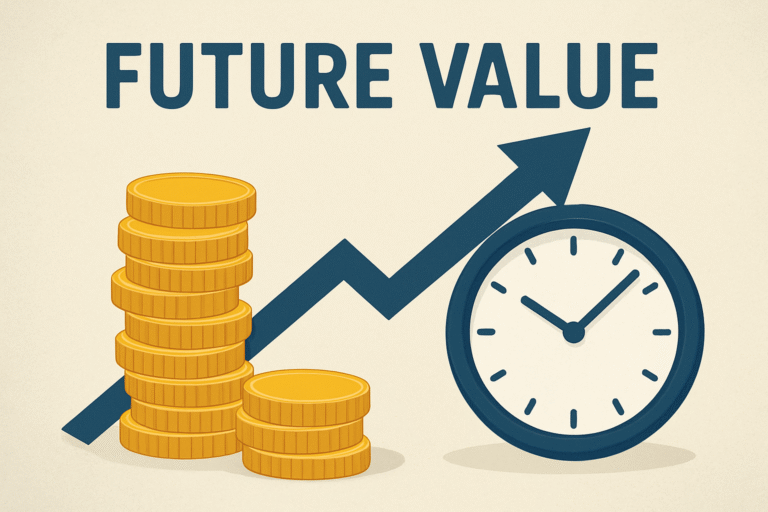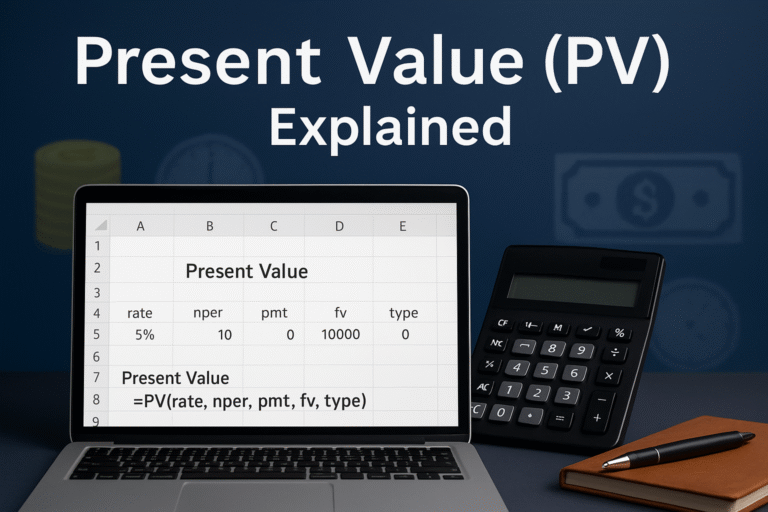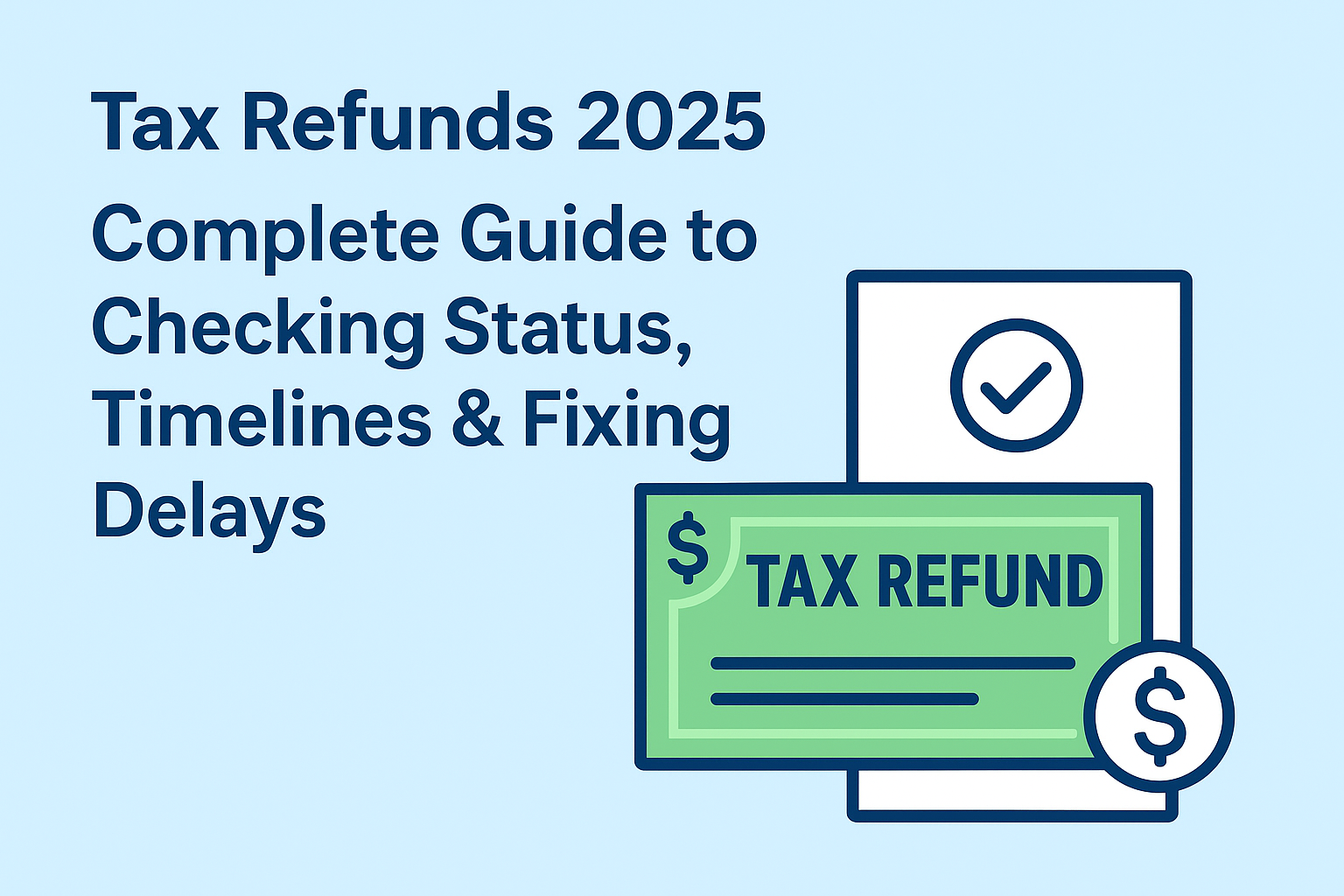Investors looking for consistent income often turn to dividend-paying stocks. But picking individual stocks can be risky and time-consuming. That’s where dividend-focused ETFs come in, and one of the most popular options is the Vanguard High Dividend Yield ETF (VYM).
In this in-depth guide, we’ll cover what VYM is, what makes it attractive (or not), how it compares to similar ETFs like SCHD and HDV, and who it’s best suited for in 2025.
What Is the Vanguard High Dividend Yield ETF?
The Vanguard High Dividend Yield ETF (VYM) is designed to give investors exposure to companies that pay higher-than-average dividends.
Quick Facts About VYM
- Fund Name: Vanguard High Dividend Yield ETF
- Ticker Symbol: VYM
- Inception Date: November 2006
- Expense Ratio: 0.06%
- Dividend Yield (as of July 2025): ~3.2%
- Dividend Schedule: Quarterly
- Assets Under Management: $70B+
What VYM Tracks
VYM aims to track the FTSE® High Dividend Yield Index, which includes U.S. companies that consistently pay above-average dividends. It excludes REITs and focuses on large, stable companies with a strong history of paying out cash to shareholders.
What Companies Are in VYM?
VYM holds more than 400 U.S. stocks, giving it excellent diversification. As of mid-2025, here are the:
Top 5 Holdings
- Johnson & Johnson
- JPMorgan Chase
- ExxonMobil
- Procter & Gamble
- Home Depot
Sector Breakdown
- Financials: ~20%
- Healthcare: ~15%
- Consumer Staples: ~13%
- Energy: ~10%
- Industrials: ~10%
This spread gives investors a balanced basket of defensive and cyclical stocks.
➡ See official holdings on Vanguard.com
Pros of Investing in VYM
1. Solid Dividend Yield
VYM currently yields around 3.2%, significantly higher than the S&P 500’s ~1.5%. That makes it appealing for those seeking regular income from their portfolio.
2. Ultra-Low Expense Ratio
At just 0.06%, the cost to hold this ETF is minimal. For every $10,000 you invest, you pay just $6 per year in fees, making it one of the most cost-effective dividend ETFs available.
3. Wide Diversification
With 400+ stocks, you don’t have to worry about any single company tanking your portfolio. It’s a safer play than buying high-yield stocks individually.
4. No Need to Pick Stocks
VYM removes the guesswork from dividend investing. The fund automatically rebalances, keeping your exposure aligned with the index.
5. Fits Well in Retirement Portfolios
For retirees or those working toward early retirement, VYM offers a reliable income stream with less volatility than growth-focused ETFs.
Cons to Consider
1. No International Exposure
VYM only includes U.S. companies. For full diversification, you may want to pair it with an international dividend ETF like VYMI or IDV.
2. Limited Growth Potential
Because it focuses on large-cap value stocks, you won’t see Tesla-style growth here. VYM prioritizes income over capital appreciation.
3. Dividend Fluctuations
Dividends aren’t guaranteed. During economic downturns (e.g., 2020), companies may cut or suspend their dividends.
VYM vs SCHD vs HDV — Which Dividend ETF Is Best?
| ETF | Yield | Expense Ratio | Strategy | Ideal For |
|---|---|---|---|---|
| VYM | ~3.2% | 0.06% | Broad, high-yield | Balanced income seekers |
| SCHD | ~3.6% | 0.06% | Quality growth + yield | Dividend growth + total return |
| HDV | ~4.0% | 0.08% | High-yield value | Pure income focus |
VYM stands out as the most balanced of the three. While SCHD may outperform in growth years and HDV offers slightly higher yield, VYM sits comfortably in the middle.
(Internal Link Suggestion: [SCHD vs VYM: Which Dividend ETF Is Right for You?])
Who Should Invest in VYM?
You might benefit from VYM if:
- You want a hands-off income strategy
- You’re building a retirement portfolio
- You prefer stability over speculation
- You’re aiming for early retirement and need a consistent cash flow
How to Buy VYM (Step-by-Step)
- Open a brokerage account
Choose a platform like Vanguard, Fidelity, Robinhood (USA), Questrade (Canada), or Sharesies (Australia). - Search for the ticker “VYM”
- Place your order
You can buy full or fractional shares depending on the platform. - Reinvest dividends
Set up automatic reinvestment if you’re still in the accumulation phase. - Monitor annually
No need for daily tracking — just check in a few times per year.
VYM Tax Considerations
🇺🇸 U.S. Investors
- Qualified dividends are taxed at the long-term capital gains rate (0%, 15%, or 20%).
🇨🇦 Canadian Investors
- Dividends are subject to 15% U.S. withholding tax, but can be recovered in RRSP accounts.
🇦🇺 Australian / 🇬🇧 UK Investors
- Typically subject to 30% U.S. withholding tax, which may be reduced with proper tax forms (W-8BEN).
- Related Blog Posts to Check Out
- [Dividend Investing for Beginners: A 2025 Guide]
- [How to Retire Early with Dividend ETFs]
- [The 5 Best ETFs for Passive Income in 2025]
Historical Performance of VYM
VYM may not be a growth rocket, but its long-term returns are impressive for an income-focused ETF:
| Year | Total Return | Yield |
|---|---|---|
| 2020 | +1.1% | 3.4% |
| 2021 | +26.2% | 2.8% |
| 2022 | +5.0% | 3.0% |
| 2023 | +8.5% | 3.1% |
| 2024 | +11.4% | 3.2% |
Over the past 10 years, VYM has returned ~9% annually, combining price appreciation with consistent income.
Can You Live Off VYM Dividends?
Yes — if your portfolio is large enough.
To generate $30,000/year in dividends from VYM at a 3.2% yield, you’d need:
$30,000 ÷ 0.032 = $937,500 invested
For most people, that’s achievable through dollar-cost averaging over 15–30 years.
Final Verdict: Is VYM a Buy in 2025?
YES if you:
- Want reliable dividend income
- Prefer a passive approach
- Are you in retirement or planning for it
Maybe not if you:
- Want international exposure
- Prioritize growth over income
- Prefer tech-heavy ETFs
VYM is not flashy, but it’s incredibly reliable, and in a market full of uncertainty, that’s a superpower.
Yes, as a diversified ETF from Vanguard, VYM is generally considered low-risk for long-term investors.
Absolutely. Many investors pair it with VTI (total market), VXUS (international), or SCHD for dividend growth.
Yes. Dividend-paying stocks often outperform during inflationary periods, and VYM has historically held up well.
